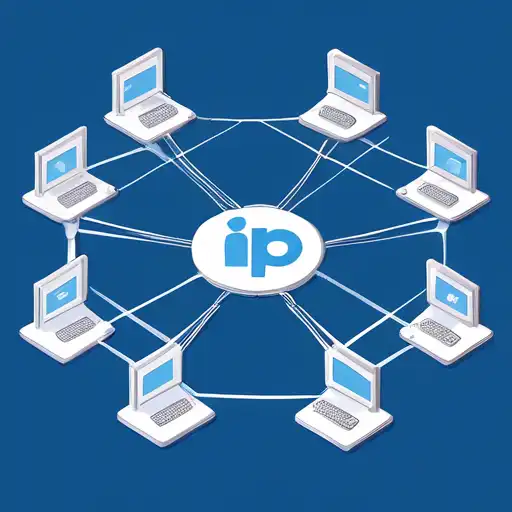Introduction to IP Addresses
In the digital world, IP addresses play a crucial role in connecting devices across the internet. An IP (Internet Protocol) address is a unique identifier assigned to each device connected to a network, enabling them to communicate with each other. This guide will walk you through the basics of IP addresses, their types, and how they function within the broader context of networking.
What is an IP Address?
An IP address is a numerical label assigned to each device participating in a computer network that uses the Internet Protocol for communication. It serves two main functions: identifying the host or network interface and providing the location of the host in the network.
Types of IP Addresses
There are two primary versions of IP addresses in use today: IPv4 and IPv6.
- IPv4: The most widely used version, consisting of four sets of numbers separated by dots (e.g., 192.168.1.1).
- IPv6: Developed to deal with the exhaustion of IPv4 addresses, it uses eight groups of four hexadecimal digits separated by colons (e.g., 2001:0db8:85a3:0000:0000:8a2e:0370:7334).
How IP Addresses Work
IP addresses are the backbone of internet communication. When you type a website's name into your browser, a Domain Name System (DNS) server translates it into an IP address, allowing your device to connect to the website's server. This process happens in milliseconds, enabling seamless browsing experiences.
Static vs. Dynamic IP Addresses
IP addresses can be either static or dynamic. A static IP address remains constant, making it ideal for hosting websites or services. On the other hand, a dynamic IP address is assigned by a DHCP server and can change over time, which is common for residential internet connections.
Why Understanding IP Addresses is Important
Grasping the concept of IP addresses is fundamental for anyone looking to understand how the internet works. Whether you're setting up a home network, troubleshooting connectivity issues, or diving into network security, a solid understanding of IP addresses will serve as a valuable foundation.
Conclusion
IP addresses are integral to the functioning of the internet and networking. By understanding the basics of IP addresses, including their types and how they work, you're better equipped to navigate the digital world. For more insights into networking basics, explore our comprehensive networking guide.
